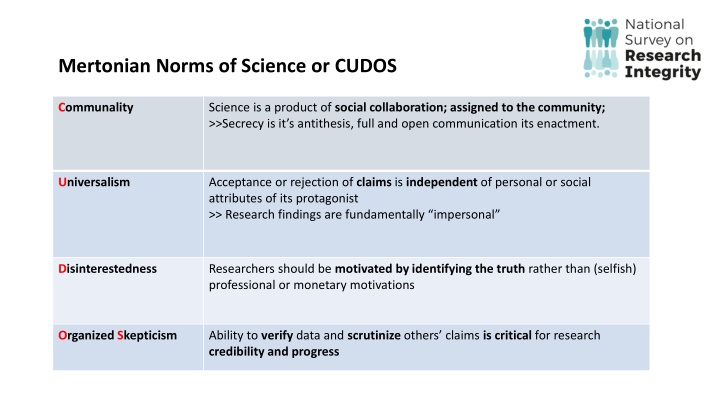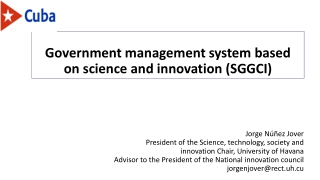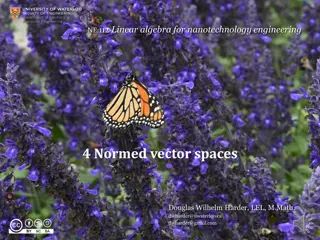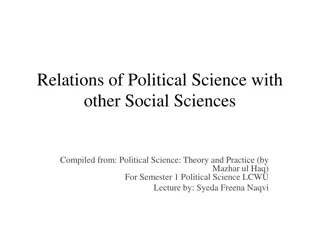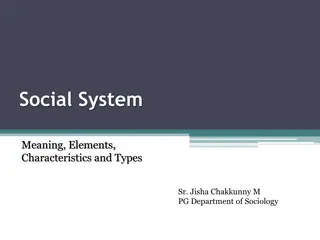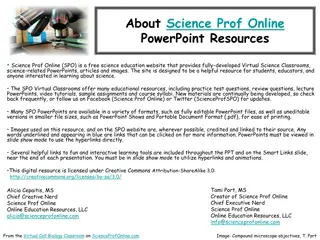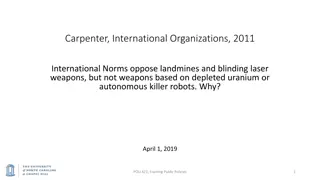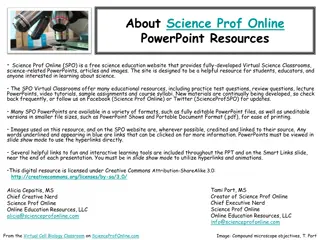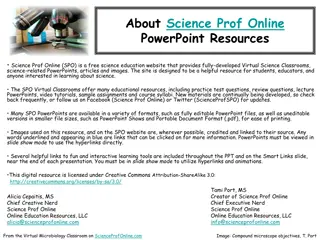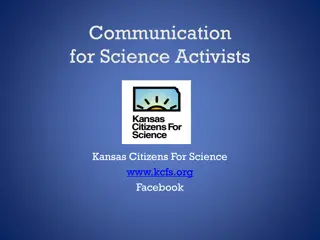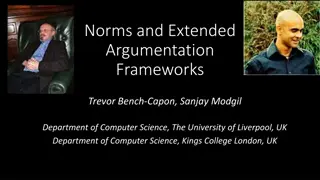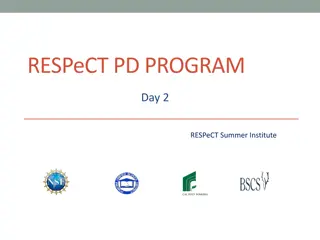Mertonian Norms of Science or CUDOS
Emphasizing the importance of social collaboration in the scientific community, the Mertonian Norms of Science underscore the values of openness and shared knowledge. Discover more about the significance of full and open communication in advancing scientific research and innovation.
Uploaded on Feb 16, 2025 | 0 Views
Download Presentation

Please find below an Image/Link to download the presentation.
The content on the website is provided AS IS for your information and personal use only. It may not be sold, licensed, or shared on other websites without obtaining consent from the author.If you encounter any issues during the download, it is possible that the publisher has removed the file from their server.
You are allowed to download the files provided on this website for personal or commercial use, subject to the condition that they are used lawfully. All files are the property of their respective owners.
The content on the website is provided AS IS for your information and personal use only. It may not be sold, licensed, or shared on other websites without obtaining consent from the author.
E N D
Presentation Transcript
Mertonian Norms of Science or CUDOS Communality Science is a product of social collaboration; assigned to the community; >>Secrecy is it s antithesis, full and open communication its enactment. Universalism Acceptance or rejection of claims is independent of personal or social attributes of its protagonist >> Research findings are fundamentally impersonal Disinterestedness Researchers should be motivated by identifying the truth rather than (selfish) professional or monetary motivations Organized Skepticism Ability to verify data and scrutinize others claims is critical for research credibility and progress
Prevalence: QRP/FF Prevalence (%) Any Frequent QRP (atleast one QRP with a score of 5,6,7) 51.3 Fabrication (making data or results) 4.3 Falsification (manipulating research materials, data or results) 4.2 Any FF (either fabrication or falsification or both) 8.3 https://doi.org/10.1371/journal.pone.0263023
Overall QRP mean Any frequent QRP Any FF Explanatory factors scales Linear regression (95% CI) Logistic regression OR (95% CI) Ordinal regression OR (95% CI) Work pressure 0.02 (0.00, 0.04) Publication pressure Mentoring Scientific norm subscription Peer norms Organizational justice Likelihood of detection (reviewers) 0.10 (0.08, 0.12) 0.02 (0.01, 0.04) -0.12 (-0.13, -0.10) 1.22 (1.14, 1.30) 0.88 (0.83, 0.94) 0.79 (0.63, 1.00) -0.04 (-0.05, -0.02) -0.04 (-0.06, -0.02) 0.91 (0.86, 0.97) 0.91 (0.85, 0.98) 0.62 (0.44,0.88) https://doi.org/10.1371/journal.pone.0263023
Peer review: bad rap .. wrong set up? Peer review: bad rap .. wrong set up? Research = collaboration Research as open and transparent to increase accountability Research as a dialogue & at best a proposition of the truth Extrinsic & Intrinsic Rewards All stages of research life cycle journals, RFO, RPO & Society (i.e. science/scientific education) Multi stakeholder responsibility:
